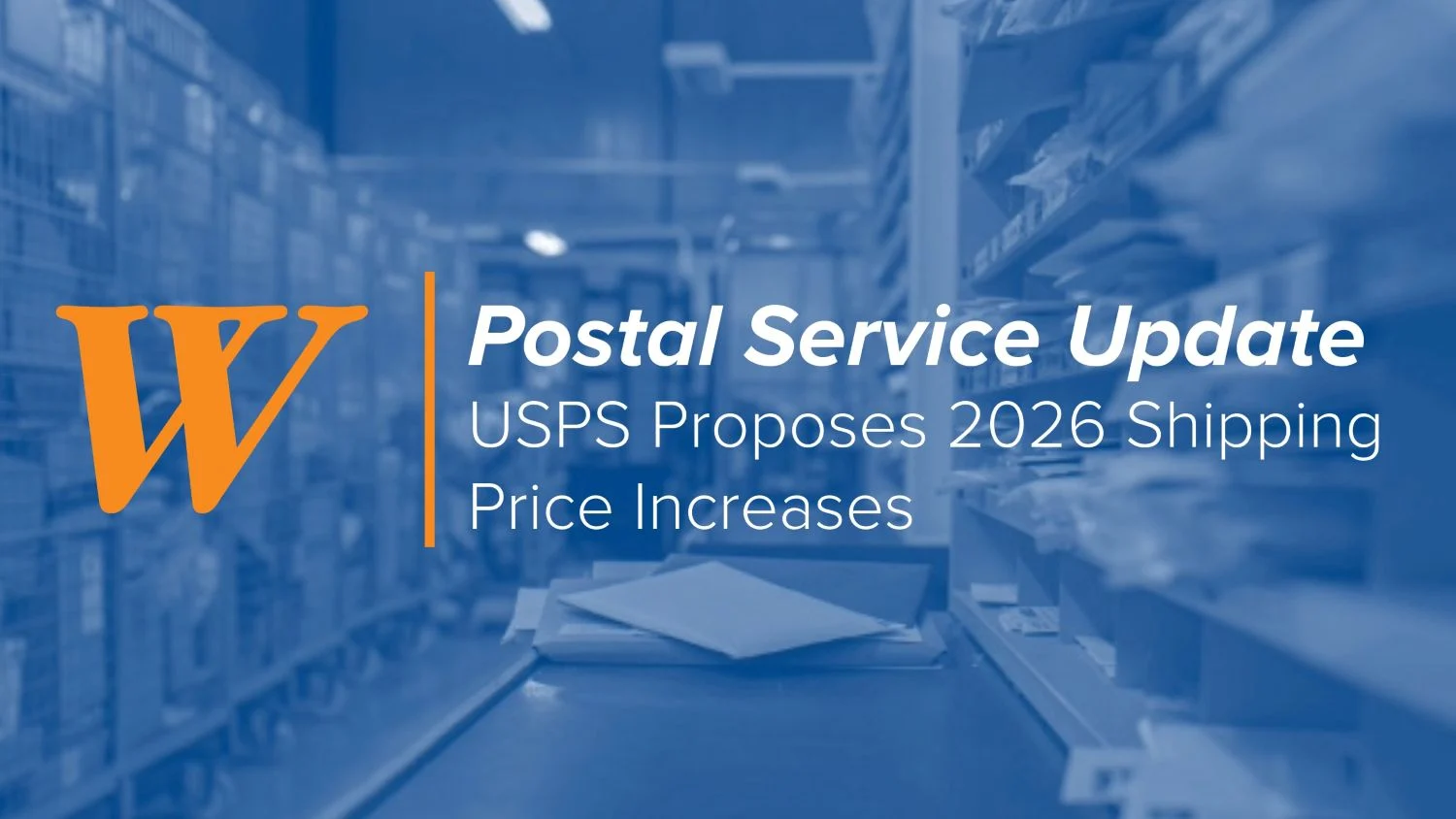Targeted social media and email connections can be powerful drivers to lead your next successful marketing campaign.
While people may be communicating more and more through text messages and social media messaging, email still matters. Since half of the people who read email do so on mobile devices, make sure your content and your sites are optimized for mobile while still looking fine on desktop computers.
People on social media are looking for content that is entertaining, useful, informational and/or enlightening. If you fulfill a need or desire they have, you are of value to them. That can lead them to be more supportive of your company, its mission and its brand and, hopefully, by extension become more interested in your products and services.
The key of a communication-driven campaign is to coordinate the different elements so that all the pieces of the puzzle fit together to show the big picture of your campaign.
Develop Your Content Marketing Campaign
Start by developing a campaign that offers something of value to the reader, such as a document or e-book, a game or activity, a loyalty program with rewards, an entertaining video, or the potential of a contest prize. Think about what you want to get out of the campaign, such as leads, subscribers or potential customers taking advantage of a free trial.
To find ideas, study what your potential contacts are saying — the comments they leave on your blog posts, on your social media channels, and with your website’s support team. Check out the marketing campaigns that people are sharing on social media, and take note of efforts that aren’t generating much interest.
Dedicated Landing Page Funnels Prospects
Create a dedicated landing page for your campaign so you can easily funnel prospects toward this destination while also tracking the campaign’s performance.
 Your landing page should start with a statement about what readers can achieve, and follow with a photo or video to show how your product or service works and illustrate how it can help them. List benefits on the page, rather than specific features, and add testimonials to show how your product or service has been of value to others. Finally, provide a compelling call to action designed to lure people to find out more about what you have to offer.
Your landing page should start with a statement about what readers can achieve, and follow with a photo or video to show how your product or service works and illustrate how it can help them. List benefits on the page, rather than specific features, and add testimonials to show how your product or service has been of value to others. Finally, provide a compelling call to action designed to lure people to find out more about what you have to offer.
Track Your Goals
Goal tracking will help you gain insight into your campaign’s performance. For straightforward goals such as downloads or newsletter subscriptions, you can use Google Analytics, but campaigns often have more complex goals with multiple arcs.
KISSmetrics and similar tools will help you build a custom report to view results and track how a user follows your marketing funnel through to the bottom of the funnel and continues tracking after he or she becomes a customer.
You’ll need to identify and set up events that will occur when a prospect visits your campaign’s landing page and completes other actions, such as signs up for a free trial of your service, downloads an ebook or other document, and other relevant actions. Funnel reports will identify when people drop off, which will help you optimize your campaign for greater success.
Promote Your Campaign
By the time you’re ready to promote your campaign, much of the promotional work should be prepared. The easiest and best way to create your promotions is when you’re developing the content they promote.
The best way to attract attention on social media is through engaging blog posts, so it follows that your blog should be where you announce your campaign. Use imagery and a clear call to action to direct people to your landing page.
Contact prospects directly through your mailing list. Email contacts with whom you have had some interaction and already have a toe in your marketing funnel. Utilize your email promotion carefully, avoiding overkill while still following up enough to keep contacts engaged. Provide social media links so your contacts can easily access your profiles.
Although you want to get your marketing message out to multiple social media platforms, don’t make the mistake of making the message the same for each. Use Twitter to share snappy, attention-grabbing statements that ideally will be retweeted. Facebook, on the other hand, calls for more robust, thoughtful posts that compel readers to discuss your campaign, share the content with others and visit your campaign’s landing page.
Today’s Internet-savvy Millennials spend time on multiple social media platforms, and younger Gen Xers are right there with them. Post images to Instagram that highlight your campaign, share albums on Flickr that illustrate the campaign, develop story-photo packages on Tumblr, and post articles to LinkedIn and Google Plus. Share compelling content on your YouTube channel, where you can tell stories through the use of video. Put together short, clever, sharable Vine videos.
You can schedule some of your promos through tools such as Hootsuite so you’re not scrambling at the last minute. Your strategy should also include playing your social media interaction by ear in order to respond to comments and questions and react to feedback.
Follow Up
After your campaign ends, sit down with your team and analyze the performance, discussing how well the goals were met, what worked and what didn’t, and possible plans for the next campaign. Share perspectives on your audience, including insights learned during the campaign. What you learn this time can make for a more streamlined, more successful campaign the next time around.






